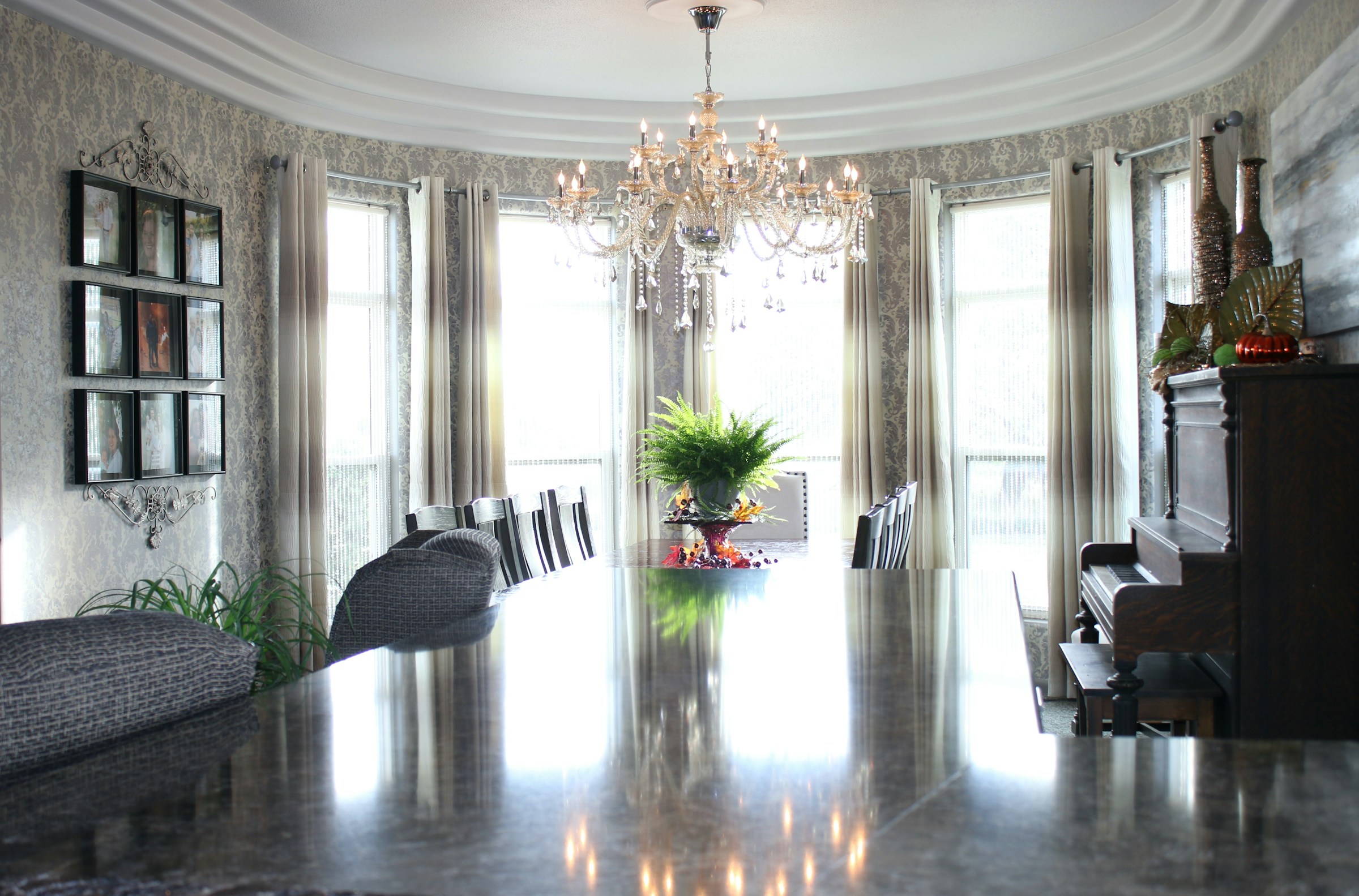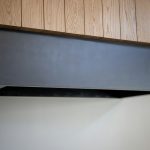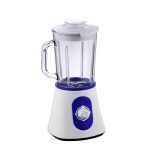Top Tips for a Flawless Kitchen Backsplash Installation: Best Practices You Need to Know!
Planning Your Kitchen Backsplash: The First Steps
Before you dive into the installation process, it's crucial to plan your kitchen backsplash carefully. Here are some key considerations to ensure your project gets off to a great start.
Assess Your Kitchen's Style and Color Scheme
When choosing a backsplash, it's essential to consider the overall style and color scheme of your kitchen. This includes the color of your cabinets, countertops, and flooring. For instance, if you have a modern kitchen with sleek cabinets and quartz countertops, a glass or metal backsplash might be a perfect fit. On the other hand, a traditional kitchen might benefit from a more classic look such as natural stone or ceramic tiles.
Also read : Top Strategies to Safeguard Your Kitchen: Child-Proofing Sharp Corners for a Safer Home
Consider Maintenance Requirements
Different materials have varying maintenance needs. For example, glass and metal backsplashes are generally easy to clean and maintain, while natural stone may require periodic sealing to protect it from stains. Ceramic and porcelain tiles are also relatively low maintenance but may need occasional grout cleaning.
Think About Installation Methods
The installation method can significantly impact the final look and durability of your backsplash. For instance, using tile spacers can help maintain even grout lines, while applying the right amount of tile adhesive is crucial for a secure and long-lasting installation. It's also important to decide whether you'll be doing the installation yourself or hiring a professional, as this can affect the overall cost and quality of the project.
Have you seen this : Top Strategies for Minimizing Water Consumption in a Multi-Tap Kitchen
Preparing the Area for Installation
Before you start installing your backsplash, you need to prepare the area thoroughly. Here’s what you need to do:
Remove Old Backsplash (If Applicable)
If you're replacing an existing backsplash, the first step is to remove the old one. This can be a bit messy, so make sure to cover your countertops and floor with drop cloths. Use a pry bar to gently remove the tiles, taking care not to damage the wall behind them.
Clean and Prepare the Wall
Once the old backsplash is removed, clean the wall thoroughly to remove any adhesive or grout residue. If necessary, repair any damaged drywall to ensure a smooth surface for your new backsplash.
Apply a Backer Board (If Necessary)
In some cases, especially if you're using heavy tiles like natural stone, you may need to install a backer board to provide additional support. This is particularly important if your drywall is not sturdy enough to hold the weight of the tiles.
Choosing the Right Materials
The type of material you choose for your backsplash can greatly impact its aesthetic appeal, durability, and maintenance requirements. Here are some popular options:
Ceramic and Porcelain Tiles
Ceramic and porcelain tiles are popular choices for kitchen backsplashes due to their durability and ease of maintenance. They come in a wide range of styles, from classic subway tiles to more intricate mosaic designs. Here’s a comparison of some common tile types:
| Tile Type | Durability | Maintenance | Cost | Aesthetic |
|---|---|---|---|---|
| Ceramic | High | Low | Moderate | Versatile |
| Porcelain | Very High | Low | Moderate to High | Elegant |
| Glass | High | Very Low | High | Modern, Sleek |
| Natural Stone | Very High | Moderate | High | Luxurious |
| Metal | High | Very Low | High | Contemporary |
Glass Splashback
Glass splashbacks are known for their sleek, modern look and ease of cleaning. They are heat resistant and can be customized to fit any kitchen style. However, they can be more expensive than other options.
Natural Stone
Natural stone backsplashes, such as marble or granite, offer a luxurious look but require more maintenance. They need to be sealed periodically to protect against stains and can be quite expensive.
The Installation Process: Step-by-Step Guide
Installing a kitchen backsplash involves several steps, each crucial for a flawless finish.
Measure and Mark the Wall
Start by measuring the area where you'll be installing the backsplash. Mark the wall with a pencil to guide your tile placement.
Apply Tile Adhesive
Use a notched trowel to apply the tile adhesive to the wall, spreading it evenly. Make sure to follow the manufacturer's instructions for the correct amount and application method.
Install Tile
Begin installing your tiles from the center and work your way outwards. Use tile spacers to maintain even grout lines. For cutting tiles, use a wet saw or a tile cutter, depending on the type of tile and the complexity of the cuts.
Apply Grout
After the tiles are in place and the adhesive is dry, it's time to apply the grout. Use a grout float to spread the grout evenly between the tiles, then wipe off any excess with a damp cloth.
Clean and Seal (If Necessary)
Once the grout is dry, clean the tiles thoroughly to remove any grout haze. If using natural stone or certain types of ceramic tiles, apply a sealant according to the manufacturer's instructions.
Tips for a Perfect Finish
Here are some additional tips to ensure your kitchen backsplash installation turns out perfectly:
- Use the Right Tools: Investing in the right tools, such as a wet saw, tile cutter, and grout float, can make the installation process much easier and ensure a professional finish.
- Follow Manufacturer Instructions: Always follow the manufacturer's instructions for the specific materials you're using. This includes the tile adhesive, grout, and any sealants.
- Work in Small Sections: To avoid mistakes and ensure even spacing, work in small sections at a time.
- Make Sure the Area is Clean and Dry: Before applying tile adhesive or grout, make sure the area is clean and dry to ensure a strong bond.
Common Mistakes to Avoid
Even with careful planning and execution, mistakes can happen. Here are some common mistakes to avoid:
- Insufficient Preparation: Failing to properly clean and prepare the wall can lead to poor adhesion and a shorter lifespan for your backsplash.
- Incorrect Grout Application: Applying too much grout or not cleaning it off properly can leave unsightly grout lines and a messy finish.
- Inadequate Spacing: Not using tile spacers can result in uneven grout lines, which can detract from the overall appearance of your backsplash.
Practical Insights and Actionable Advice
Here are some practical insights and actionable advice from experts in the field:
-
"When installing a backsplash, it's crucial to take your time and ensure each step is done correctly. Rushing through the process can lead to mistakes that are costly to fix later on," says a professional tile installer from Tile Craft Artisans.
-
"Using the right materials and tools is key to a successful backsplash installation. Don't skimp on quality; it will show in the final result," advises a specialist from Mr.Countertops.
Installing a kitchen backsplash is a rewarding project that can significantly enhance the aesthetic appeal and functionality of your kitchen. By carefully planning your design, preparing the area thoroughly, choosing the right materials, and following a step-by-step installation guide, you can achieve a flawless finish. Remember to avoid common mistakes, take your time, and use the right tools and materials to ensure your kitchen backsplash turns out perfectly.
Here is a detailed bullet point list to summarize the key steps and considerations:
-
Plan Your Design:
-
Assess your kitchen's style and color scheme.
-
Consider maintenance requirements.
-
Think about installation methods.
-
Prepare the Area:
-
Remove old backsplash if applicable.
-
Clean and prepare the wall.
-
Apply a backer board if necessary.
-
Choose the Right Materials:
-
Ceramic and porcelain tiles.
-
Glass splashback.
-
Natural stone.
-
Metal backsplash.
-
Install the Backsplash:
-
Measure and mark the wall.
-
Apply tile adhesive.
-
Install tiles.
-
Apply grout.
-
Clean and seal if necessary.
- Tips for a Perfect Finish:
- Use the right tools.
- Follow manufacturer instructions.
- Work in small sections.
- Ensure the area is clean and dry.
By following these best practices, you'll be well on your way to creating a stunning and functional kitchen backsplash that enhances your kitchen's beauty and functionality.










